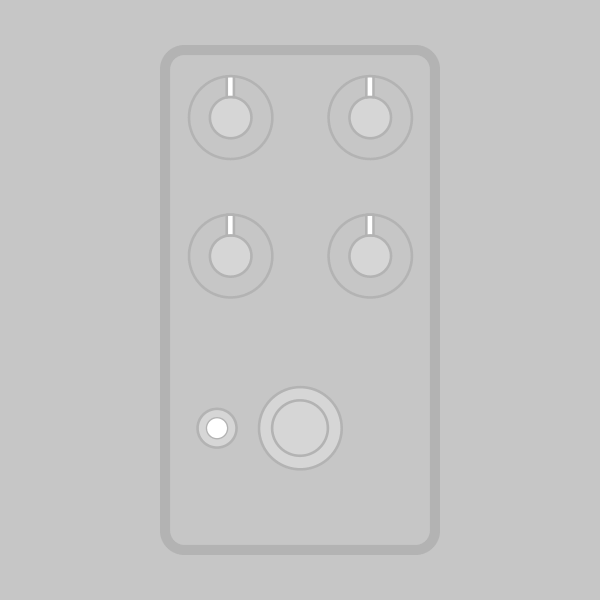
The Draco Amp Distortion is based on the Dr. Boogey, which first appeared on the DIYStompboxes forum on January 17, 2005 as an original design by user “electrictabs”.
It uses the basic Fetzer Valve technique pioneered by Runoffgroove to convert the Mega/Boogie Dual Rectifier Solo Head tube stages into JFETs but otherwise keep the tone-shaping as close to the original as possible. Nothing can perfectly emulate tubes, but whatever the case, the result is an excellent high-gain distortion pedal.
It has undergone a few minor community tweaks since the original design, such as scaling the tone stack for lower noise and the addition of Miller capacitors on the JFETs, but for the most part it’s an excellent example of nailing it the first time. We’ve incorporated all of these best-practice changes into our version, as well as greatly improving the power supply filtering.
The Draco includes footprints for both through-hole or surface-mount (SMD) JFETs. Since the J201 is very difficult to find in TO-92 through-hole format, and many DIY hobbyists are intimidated by SMD parts, Aion FX offers J201s in SMD format that have been pre-soldered to adapters so they can be used as through-hole parts.
Important note: Due to the extremely high-gain nature of the pedal, it tends to oscillate on higher gain settings. This is normal, but see the build notes in the documentation for more information as well as suggestions for how to minimize or eliminate this oscillation.